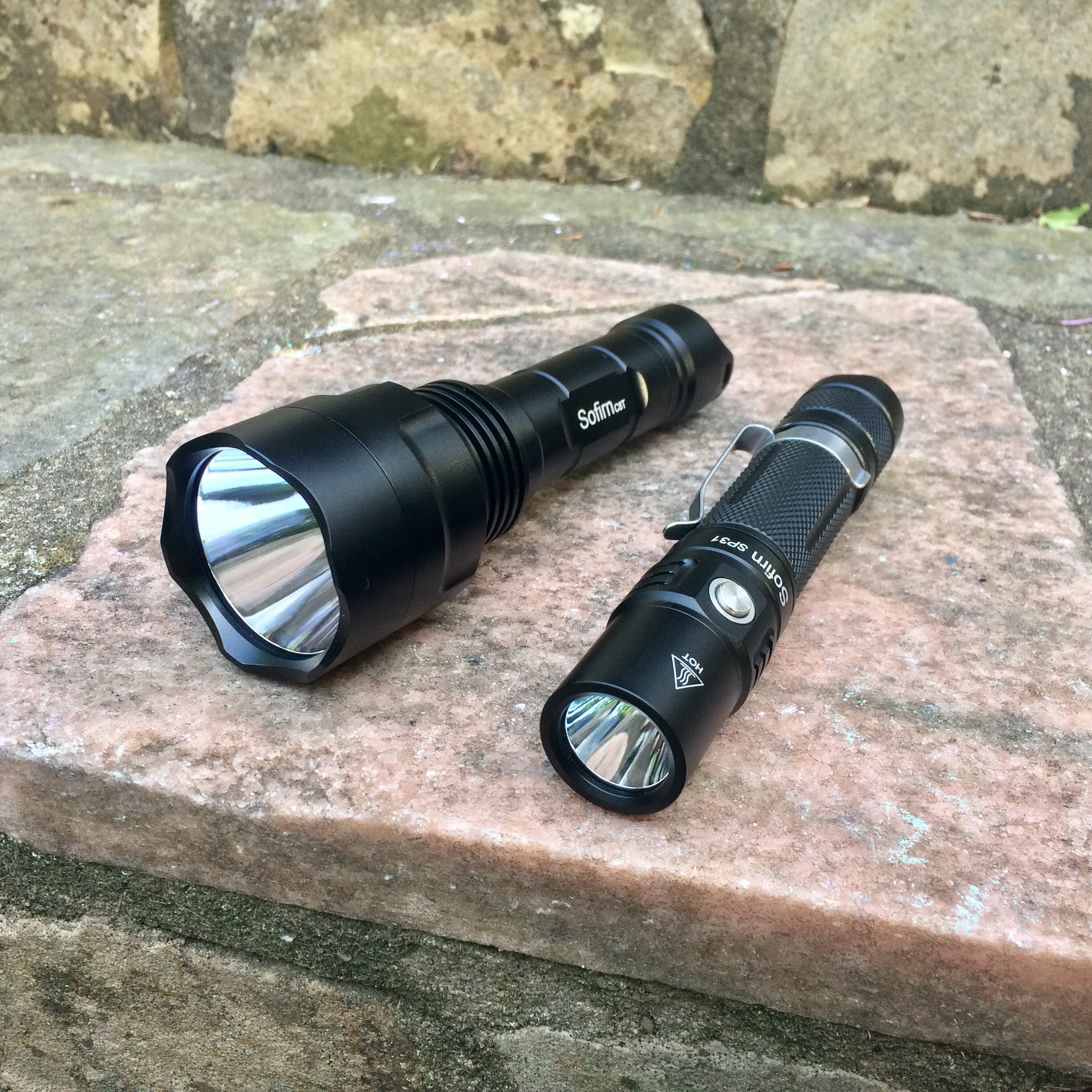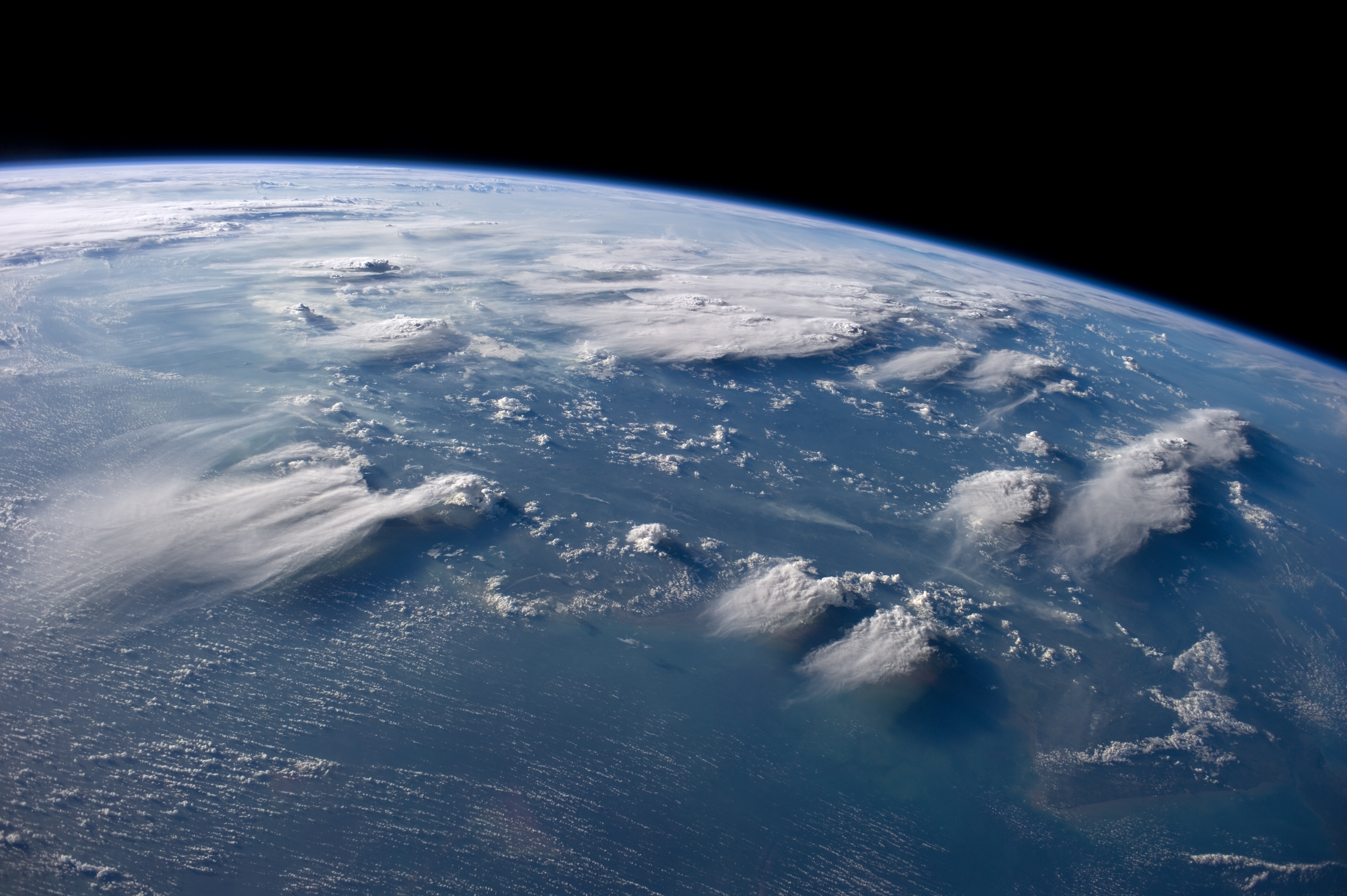|
Available Light
In photography and cinematography, available light (also called ambient light or practical light) refers to any source of light that is not explicitly supplied by the photographer for the purpose of taking pictures. The term usually refers to light sources in the surrounding environment that are present naturally (such as sunlight or moonlight) or artificial lighting that is already pre-existing (such as street lights or room lights). It generally excludes flash (photography), flashes, although arguably flash lighting provided by other photographers shooting simultaneously in the same space could be considered available light. Light sources that affect the scene and are included in the actual frame are called practical light sources, or simply practicals. Available light is an important factor in candid photography in order not to disturb the subjects. The use of available light may pose a challenge for a photographer. The brightness and direction of the light is often not ad ... [...More Info...] [...Related Items...] OR: [Wikipedia] [Google] [Baidu] |
Flash (photography)
A flash is a device used in photography that produces a brief burst of light (lasting around of a second) at a color temperature of about 5500 K to help illuminate a scene. The main purpose of a flash is to illuminate a dark scene. Other uses are capturing quickly moving objects or changing the quality of light. ''Flash'' refers either to the flash of light itself or to the electronic flash unit discharging the light. Most current flash units are electronic, having evolved from single-use flashbulbs and flammable powders. Modern cameras often activate flash units automatically. Flash units are commonly built directly into a camera. Some cameras allow separate flash units to be mounted via a standardized accessory mount bracket (a '' hot shoe''). In professional studio equipment, flashes may be large, standalone units, or studio strobes, powered by special battery packs or connected to mains power. They are either synchronized with the camera using a flash synchronization ... [...More Info...] [...Related Items...] OR: [Wikipedia] [Google] [Baidu] |
Flashlight
A flashlight (US English) or electric torch (Commonwealth English), usually shortened to torch, is a portable hand-held electric lamp. Formerly, the light source typically was a miniature incandescent light bulb, but these have been displaced by light-emitting diodes (LEDs) since the early 2000s. A typical flashlight consists of the light source mounted in a reflector, a transparent cover (sometimes combined with a lens) to protect the light source and reflector, a battery, and a switch, all enclosed in a case. The invention of the dry cell and miniature incandescent electric lamps made the first battery-powered flashlights possible around 1899. Today, flashlights use mostly light-emitting diodes and run on disposable or rechargeable batteries. Some are powered by the user turning a crank, shaking the lamp, or squeezing it. Some have solar panels to recharge the battery. Flashlights are used as a light source outdoors, in places without permanently installed lighting, during ... [...More Info...] [...Related Items...] OR: [Wikipedia] [Google] [Baidu] |
Fireworks
Fireworks are Explosive, low explosive Pyrotechnics, pyrotechnic devices used for aesthetic and entertainment purposes. They are most commonly used in fireworks displays (also called a fireworks show or pyrotechnics), combining a large number of devices in an outdoor setting. Such displays are the focal point of many cultural and religious Celebration (party), celebrations, though mismanagement could lead to List of fireworks accidents and incidents, fireworks accidents. Fireworks take many forms to produce four primary effects: noise, light, smoke, and floating materials (confetti most notably). They may be designed to burn with colored flames and sparks including red, orange, yellow, green, blue, purple and silver. They are generally classified by where they perform, either 'ground' or 'aerial'. Aerial fireworks may have their own Air propulsion, propulsion (skyrocket) or be shot into the air by a Mortar (weapon), mortar (aerial shell). Most fireworks consist of a paper or ... [...More Info...] [...Related Items...] OR: [Wikipedia] [Google] [Baidu] |
Fire
Fire is the rapid oxidation of a fuel in the exothermic chemical process of combustion, releasing heat, light, and various reaction Product (chemistry), products. Flames, the most visible portion of the fire, are produced in the combustion reaction when the fuel reaches its ignition point temperature. Flames from hydrocarbon fuels consist primarily of carbon dioxide, water vapor, oxygen, and nitrogen. If hot enough, the gases may become ionized to produce Plasma (physics), plasma. The color and Intensity (heat transfer), intensity of the flame depend on the type of fuel and composition of the surrounding gases. Fire, in its most common form, has the potential to result in conflagration, which can lead to permanent physical damage. It directly impacts land-based ecological systems worldwide. The positive effects of fire include stimulating plant growth and maintaining ecological balance. Its negative effects include hazards to life and property, atmospheric pollution, and water ... [...More Info...] [...Related Items...] OR: [Wikipedia] [Google] [Baidu] |
Clouds
In meteorology, a cloud is an aerosol consisting of a visible mass of miniature liquid droplets, frozen crystals, or other particles, suspended in the atmosphere of a planetary body or similar space. Water or various other chemicals may compose the droplets and crystals. On Earth, clouds are formed as a result of saturation of the air when it is cooled to its dew point, or when it gains sufficient moisture (usually in the form of water vapor) from an adjacent source to raise the dew point to the ambient temperature. Clouds are seen in the Earth's homosphere, which includes the troposphere, stratosphere, and mesosphere. Nephology is the science of clouds, which is undertaken in the cloud physics branch of meteorology. The World Meteorological Organization uses two methods of naming clouds in their respective layers of the homosphere, Latin and common name. Genus types in the troposphere, the atmospheric layer closest to Earth's surface, have Latin names because of the u ... [...More Info...] [...Related Items...] OR: [Wikipedia] [Google] [Baidu] |
Aurora (astronomy)
An aurora ( aurorae or auroras), also commonly known as the northern lights (aurora borealis) or southern lights (aurora australis), is a natural light display in Earth's sky, predominantly observed in high-latitude regions (around the Arctic and Antarctic). Auroras display dynamic patterns of radiant lights that appear as curtains, rays, spirals or dynamic flickers covering the entire sky. Auroras are the result of disturbances in the Earth's magnetosphere caused by enhanced speeds of solar wind from coronal holes and coronal mass ejections. These disturbances alter the trajectories of charged particles in the magnetospheric plasma. These particles, mainly electrons and protons, precipitate into the upper atmosphere ( thermosphere/exosphere). The resulting ionization and excitation of atmospheric constituents emit light of varying color and complexity. The form of the aurora, occurring within bands around both polar regions, is also dependent on the amount of accelera ... [...More Info...] [...Related Items...] OR: [Wikipedia] [Google] [Baidu] |
Window
A window is an opening in a wall, door, roof, or vehicle that allows the exchange of light and may also allow the passage of sound and sometimes air. Modern windows are usually glazed or covered in some other transparent or translucent material, a sash set in a frame in the opening; the sash and frame are also referred to as a window. Many glazed windows may be opened, to allow ventilation, or closed to exclude inclement weather. Windows may have a latch or similar mechanism to lock the window shut or to hold it open by various amounts. Types include the eyebrow window, fixed windows, hexagonal windows, single-hung, and double-hung sash windows, horizontal sliding sash windows, casement windows, awning windows, hopper windows, tilt, and slide windows (often door-sized), tilt and turn windows, transom windows, sidelight windows, jalousie or louvered windows, clerestory windows, lancet windows, skylights, roof windows, roof lanterns, bay windows, oriel windows, ... [...More Info...] [...Related Items...] OR: [Wikipedia] [Google] [Baidu] |
Incandescent Light Bulb
An incandescent light bulb, also known as an incandescent lamp or incandescent light globe, is an electric light that produces illumination by Joule heating a #Filament, filament until it incandescence, glows. The filament is enclosed in a glass bulb that is either vacuum, evacuated or filled with inert gas to protect the filament from oxidation. Electric current is supplied to the filament by terminals or wires embedded in the glass. A bulb socket provides mechanical support and electrical connections. Incandescent bulbs are manufactured in a wide range of sizes, light output, and voltage ratings, from 1.5 volts to about 300 volts. They require no external Regulator (automatic control), regulating equipment, have low manufacturing costs, and work equally well on either alternating current or direct current. As a result, the incandescent bulb became widely used in household and commercial lighting, for portable lighting such as table lamps, car headlamps, and flashlights, an ... [...More Info...] [...Related Items...] OR: [Wikipedia] [Google] [Baidu] |
Fluorescent Lamp
A fluorescent lamp, or fluorescent tube, is a low-pressure mercury-vapor gas-discharge lamp that uses fluorescence to produce visible light. An electric current in the gas excites mercury vapor, to produce ultraviolet and make a phosphor coating in the lamp glow. Fluorescent lamps convert electrical energy into visible light much more efficiently than Incandescent light bulb, incandescent lamps, but are less efficient than most LED lamps. The typical luminous efficacy of fluorescent lamps is 50–100 lumens per watt, several times the efficacy of incandescent bulbs with comparable light output (e.g. the luminous efficacy of an incandescent lamp may only be 16 lm/W). Fluorescent lamp fixtures are more costly than incandescent lamps because, among other things, they require a electrical ballast, ballast to regulate Electric current, current through the lamp, but the initial cost is offset by a much lower running cost. Compact fluorescent lamps (CFL) made in the same sizes a ... [...More Info...] [...Related Items...] OR: [Wikipedia] [Google] [Baidu] |
Candle
A candle is an ignitable candle wick, wick embedded in wax, or another flammable solid substance such as tallow, that provides light, and in some cases, a Aroma compound, fragrance. A candle can also provide heat or a method of keeping time. Candles have been used for over two millennia around the world, and were a significant form of indoor lighting until the invention of other types of light sources. Although electric light has largely made candle use nonessential for illumination, candles are still commonly used for functional, symbolic and aesthetic purposes and in specific cultural and religious settings. Early candles may be made of beeswax, but these candles were expensive and their use was limited to the elite and the churches. Tallow was a cheaper but a less aesthetically pleasing alternative. A variety of different materials have been developed in the modern era for making candles, including paraffin wax, which together with efficient production techniques, made can ... [...More Info...] [...Related Items...] OR: [Wikipedia] [Google] [Baidu] |
Photographic Film
Photographic film is a strip or sheet of transparent film base coated on one side with a gelatin photographic emulsion, emulsion containing microscopically small light-sensitive silver halide crystals. The sizes and other characteristics of the crystals determine the sensitivity, contrast, and image resolution, resolution of the film. Film is typically segmented in ''frames'', that give rise to separate photographs. The emulsion will gradually darken if left exposed to light, but the process is too slow and incomplete to be of any practical use. Instead, a very short exposure (photography), exposure to the image formed by a camera lens is used to produce only a very slight chemical change, proportional to the amount of light absorbed by each crystal. This creates an invisible latent image in the emulsion, which can be chemically photographic processing, developed into a visible photograph. In addition to visible light, all films are sensitive to ultraviolet light, X-rays, gamma ... [...More Info...] [...Related Items...] OR: [Wikipedia] [Google] [Baidu] |











